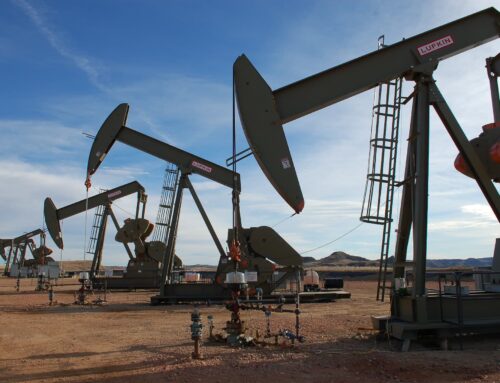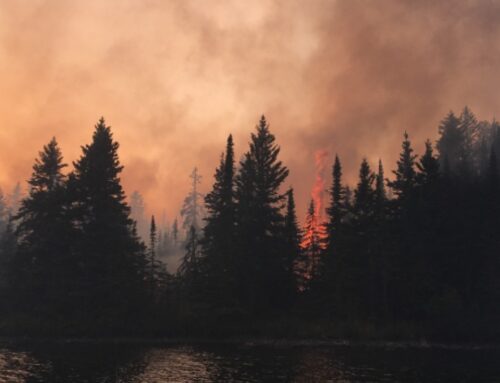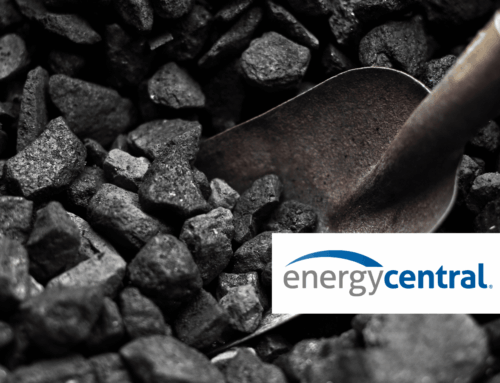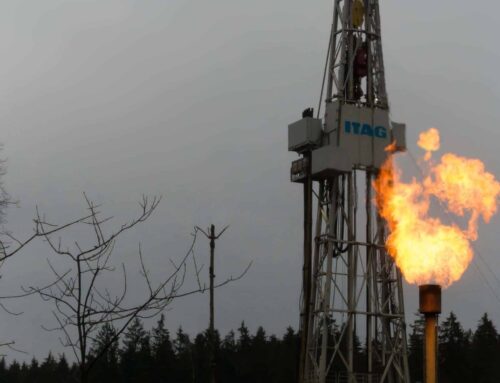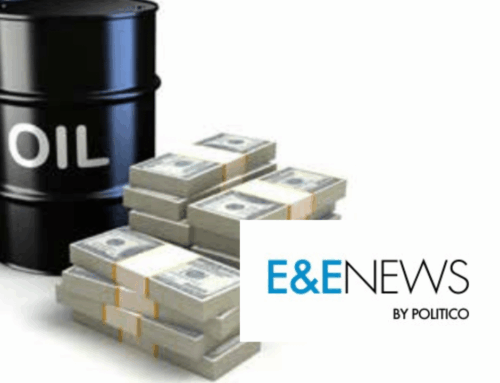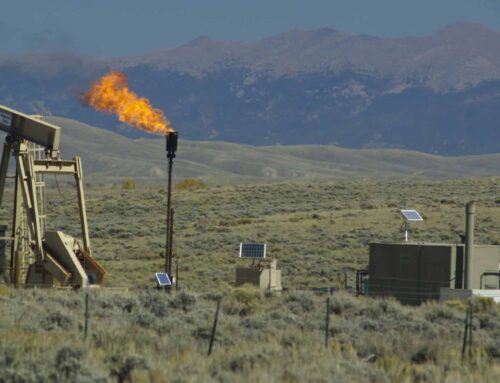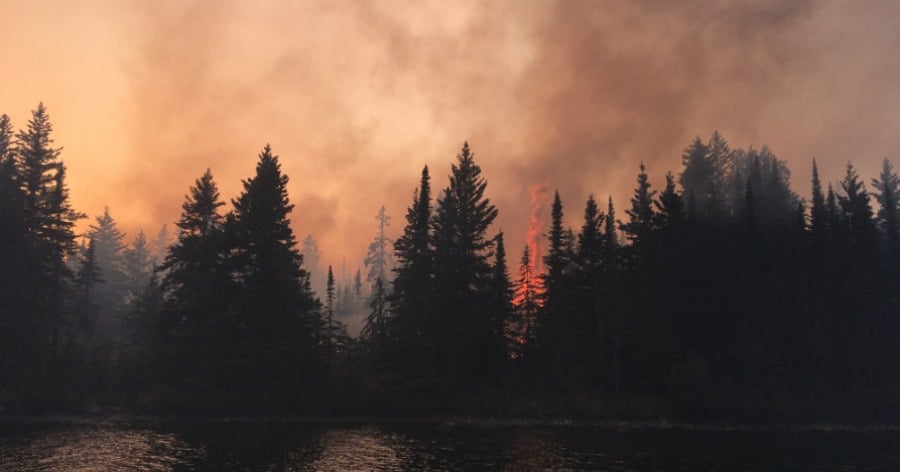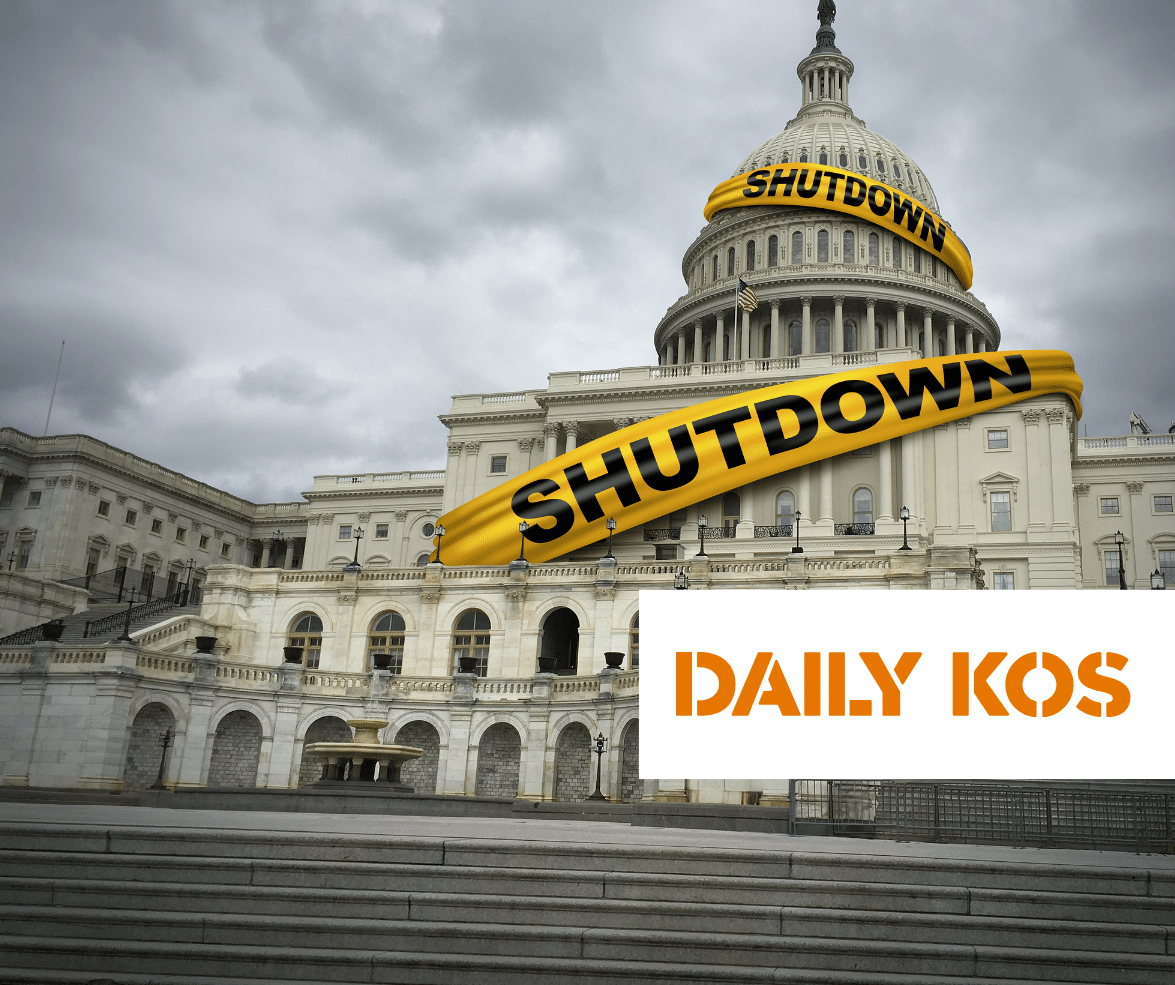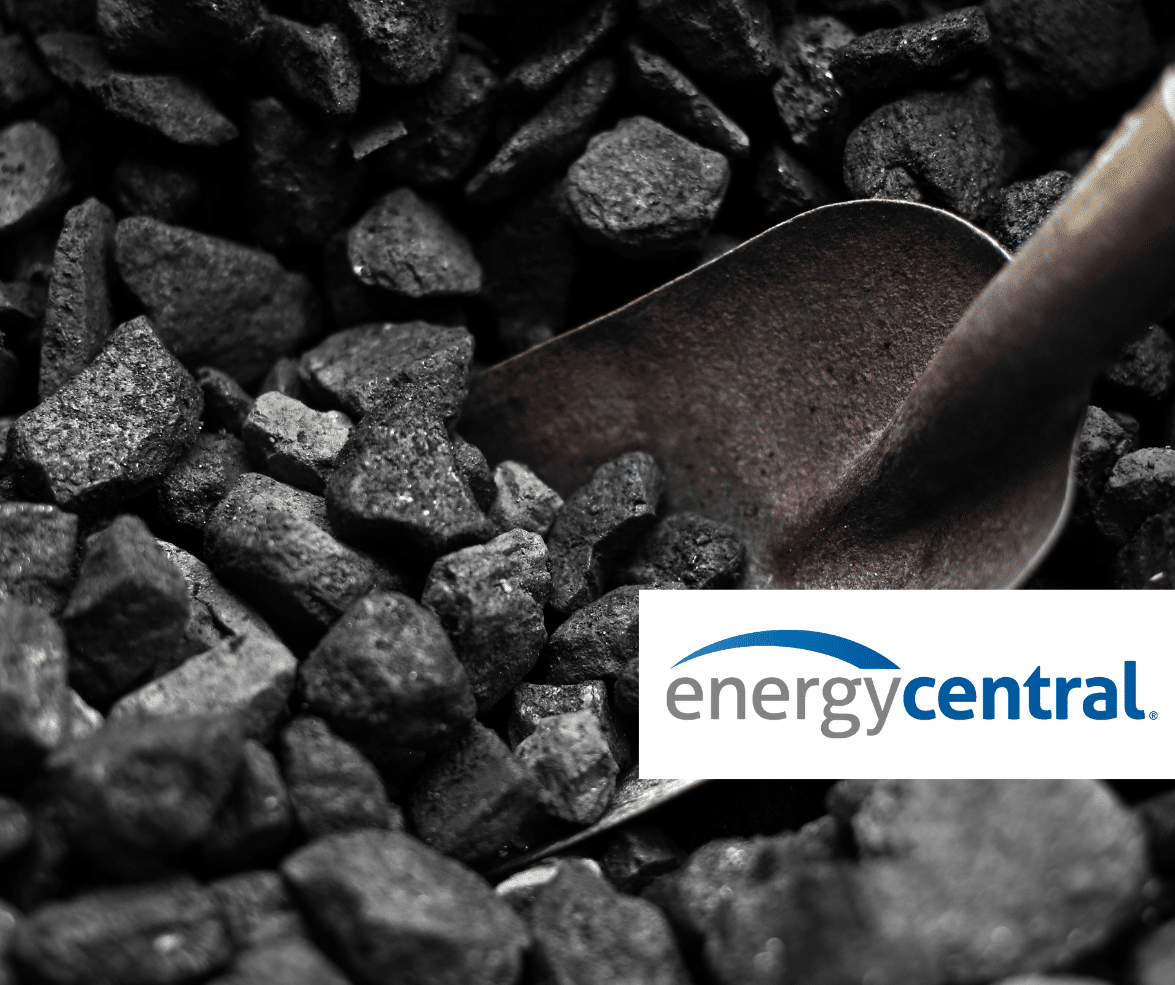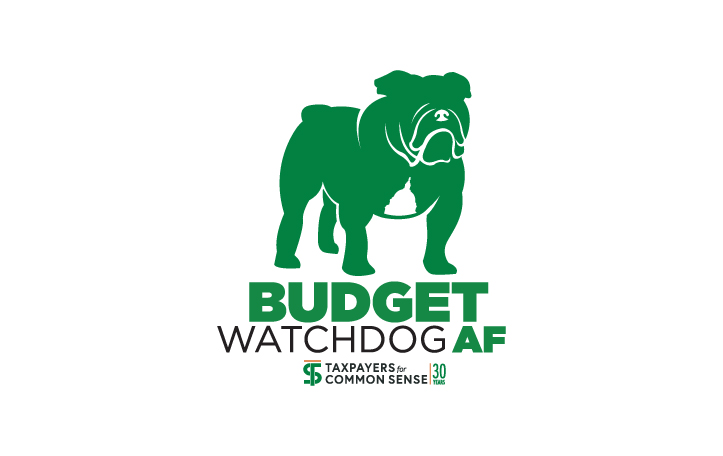On January 22, the Bureau of Land Management (BLM), under the Department of the Interior (DOI), held an auction for oil and gas leases on federal land in Montana and North Dakota. The sale offered 13 parcels, totaling 1,324 acres, all of which were leased. This was the first federal oil and gas lease sale of 2025.
| State | Acres Offered | Acres Sold | % Acres Sold | Total Bid Revenue | Avg. Bid Per Acre | Avg. Bid Per Acre in FY2016-2020 | Total Revenue |
| MT | 1,126 | 1,126 | 100% | 9,054,603 | 8,044 | 24.78 | 9,076,587 |
| ND | 199 | 199 | 100% | 2,260,183 | 11,386 | 125.41 | 2,282,486 |
| Total | 1,324 | 1,324 | 100% | 11,314,786 | 8,545 | 34.26 | 11,359,073 |
In Montana, 1,126 acres of federal land, 100 percent of what was offered in the sale, were leased for oil and gas development at an average bid of $8,044/acre. This is significantly higher than the average bid between FY2016 and FY2020, before Congress and the DOI implemented important reforms that will help taxpayers get a fair return on federal land and the resources extracted from it.
In North Dakota, 199 acres of federal land, all the parcels offered, were leased for oil and gas development at an average bid of $11,386/acre. This is also a significantly higher average bid compared to the FY2016 and FY2020 average.
These leases come with terms that reflect critical reforms enacted by Congress in 2022 and codified by the DOI in April 2024, including:
- A federal onshore royalty rate of 16.67% (raised from 12.5% and now in line with state rates)
- Rental rates of $3/acre for the first 2 years, $5/acre for years 3-8, and no less than $15/acre for years 9-10 (raised from $1.50/acre for years 1-5 and $2/acre for years 5-9)
- Minimum legal bid of $10/acre (raised from $2/acre)
- Updates to bonding rates set in 1960 to better reflect market rates and protect taxpayers from future cleanup liabilities
- Directing leasing to appropriate locations, making sales more competitive
These reforms will generate more revenue for federal and state taxpayers and better protect taxpayers from future reclamation costs.
For decades, taxpayers left billions of dollars in potential revenue on the table due to below-market royalty rates, particularly in states with significant oil and gas production like North Dakota. If the current royalty rate of 16.7%—instead of the old, outdated rate of 12.5%—had been applied to oil and gas produced on federal lands in North Dakota from FY2013 to FY2022, taxpayers would have received an additional $1.2 billion in revenue.
Recent reforms also minimized speculative leasing by eliminating noncompetitive leasing, implementing an expression of interest fee, raising the minimum bid, and focusing leasing efforts on appropriate locations with higher development potential. Speculative leasing is when entities acquire oil and gas leases, often for cheap, without the intention of developing. This locks valuable land from other uses and is unlikely to ever result in production, shortchanging taxpayers by reducing revenues. Historically, much land in Montana was leased at the legal minimum bid or noncompetitively—1.5 million acres have been leased noncompetitively in Montana since 2000, but only 4 parcels ever entered production.
Additionally, outdated bonding minimums—the money oil and gas operators are required to pay upfront to ensure the cleanup of their wells is paid for when they are done producing—had long failed to cover estimated cleanup costs and left taxpayers shouldering the costs of reclaiming orphaned wells. At the end of FY2022, there were 5,374 oil and gas wells producing oil and gas on federal lands in Montana and North Dakota. Using average reclamation costs in the state, TCS estimated that active wells in these states may have been under-bonded by $621.2 million combined. Recent bonding reforms will help ensure these potential future costs do not fall to taxpayers.

